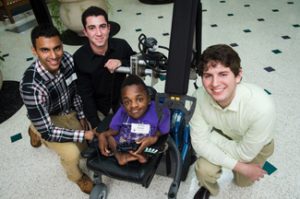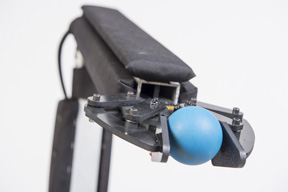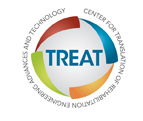Rice University

 2014 BMEStart TREAT* prize winner, winning $1,000
2014 BMEStart TREAT* prize winner, winning $1,000
The R-ARM team has designed a robotic arm that attaches to the back of a wheelchair. There are approximately 65 million individuals who use wheelchairs worldwide. Almost all are limited in their reach due to the restrictions of sitting in a wheelchair. For the 900,000 individuals in the United States who have additional upper-body musculoskeletal limitations, interacting with the environment surrounding the wheelchair is even more constrained. Individuals with these limitations have identified the need for a motorized reach assistant to permit the user to retrieve objects and increase their independence. This team’s solution, the R-ARM, is a two-joint robotic arm that attaches to the back of a wheelchair. The R-ARM offers a means to grab objects up to 4.5 feet beyond the edge of the wheelchair and return the object back to the user. The power source for the R-ARM is independent of the chair. Other distinguishing features of the R-ARM include a quick attach/disconnect mechanism, a foot pedal to release objects, and safety features. Material costs for the R-ARM are less than $1,000. With a provisional patent filed, the team has freedom to develop the product.
 TREAT Center for Translation of Rehabilitation Engineering Advances And Technology
TREAT Center for Translation of Rehabilitation Engineering Advances And Technology
*This year NCIIA is again partnering with TREAT (Center for Translation of Rehabilitation Engineering Advances and Technology) to honor excellence in Assistive and Rehabilitation Technologies.
TREAT is a multidisciplinary, multi-institutional, collaborative consortium between corporate, educational and non-profit entities providing infrastructure support and expert consultation to researchers and innovators interested in the translation and commercialization of rehabilitation research applications.